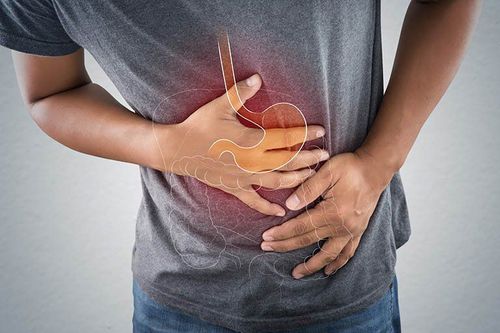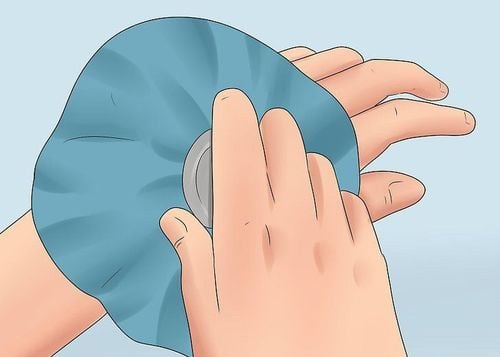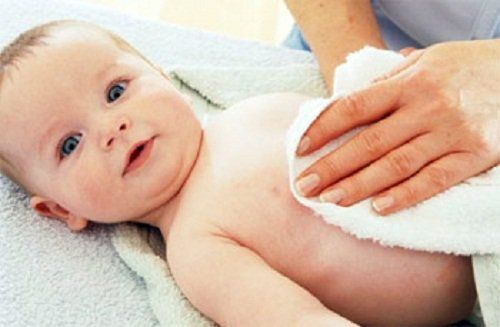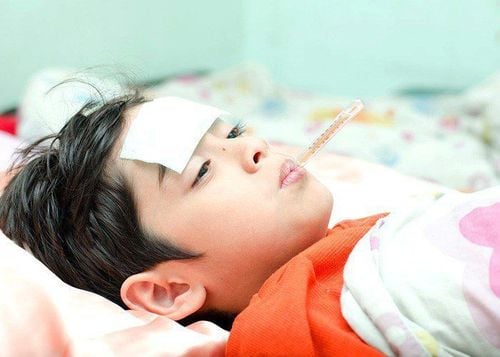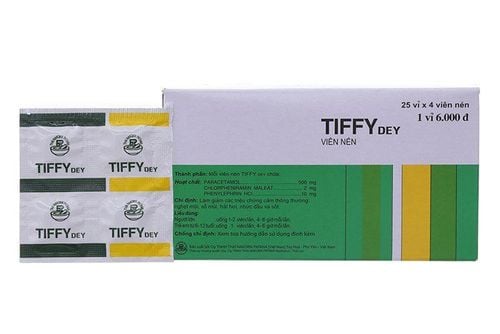This is an automatically translated article.
Hot and cold compresses are therapeutic methods; Both of these techniques support effective treatment in many diseases. If you do not understand correctly and apply the wrong application, it will not only not support the treatment of the disease but also make the disease worse.
1. Ways to apply cold
There are two ways of using cryogenic heat as intermittent refrigerating action and continuous refrigerating action.
1.1 Intermittent cold and heat effect
This type of cold compress acts on vasomotor at first, causing vasoconstriction, then congestive vasodilation, increasing blood flow, increasing joint range of motion in patients with arthralgia, reducing muscle twitching.
1.2 Continuous cooling effect
Continuous cold effect causes small blood vessels to constrict leading to slow blood flow rate and decrease local circulation, decrease oxygen consumption, decrease metabolism, decrease vascular permeability and vascular permeability of lymphatic vessels. demand, reduce inflammatory response and acute pain, reduce edema, decrease muscle tone. Therefore, treatment with cold compresses has the effect of reducing acute pain and reducing edema.
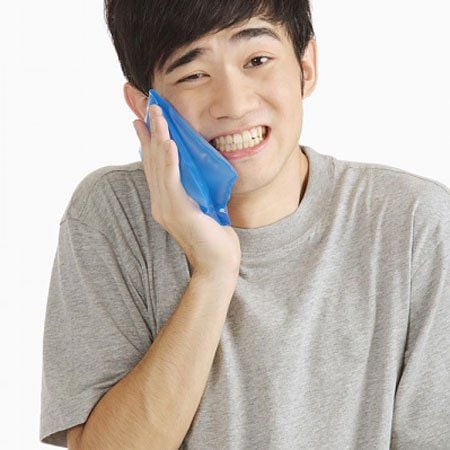
Cold compress is indicated in acute pain such as: toothache, headache, pain right after injury Limit acute inflammation Lower body temperature when high fever Limit bleeding Reduce pain in some cases cases of peripheral nerve damage, muscle spasticity
Trắc nghiệm: Bận rộn có ảnh hưởng đến sức khỏe của bạn không?
Cuộc sống hiện đại khiến chúng ta vì quá bận rộn mà quên chăm sóc sức khỏe cho chính mình. Ai cũng biết rằng lịch trình làm việc cả ngày có thể khiến bạn kiệt sức, nhưng cụ thể bận rộn ảnh hưởng thế nào tới sức khỏe? Hãy cùng làm thử bài trắc nghiệm dưới đây.
2. Hot compress
2.1 Effect of hot compress
Causes local capillary dilation and small arteries, which can spread to a part or the whole body. Vasodilator effect, thereby enhancing circulation. Pain relief enhances local nutrition and metabolism, thereby reducing pain in chronic pain. Relieve spasms Regulate nerve function, regulate autonomic nervous system, relax muscle spasm.
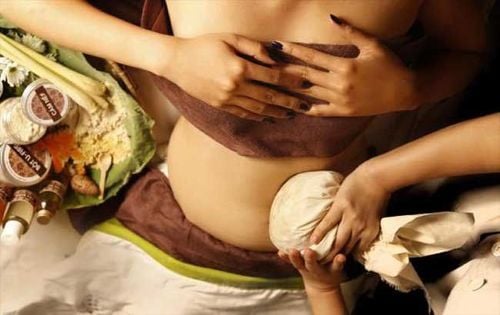
2.2 Principles of pain relief
The degree of pain relief of heat treatment depends on the type of pain and the cause of the pain. In particular, the analgesic effect is due to the following mechanisms: Strengthening local circulation, thereby rapidly absorbing pain-causing chemical mediators.
2.3 Using heat in the treatment of diseases
Indications
Heat is indicated for use in pain relief and muscle spasm relief in chronic pain conditions such as: neck pain, shoulder pain, low back pain, intercostal neuralgia, sciatica, joint pain , muscle pain,... Relaxing muscles to serve other therapeutic techniques such as massage, movement... Strengthening local nutrition in cases of long-healing ulcers, speeding up scarring Contraindications
In the following cases, hot compresses should not be applied:
Inflammatory foci that have pus-filled varicose veins of the skin Acute inflammation New congested injury TB Areas that are bleeding or threatening to bleed Malignant tumors Cold therapy is used in new injury inflammation, acute pain or swelling such as soft tissue injury, sprain, muscle stiffness, back pain from heavy lifting or back pain caused by incorrect posture, stretching, sports injury, ... Cold therapy should be initiated within 48 hours of acute inflammatory pain or injury.
Heat therapy is used for chronic pain or injury after 48 hours, such as tennis elbow, tendonitis elbow, tendonitis heel pain, capsulitis flexor - extensor tendon, plantar fasciitis,...
Any questions you need to be consulted, you can contact Vinmec Health System nationwide, or register online HERE.
MORE:
What to do when a child has a cold fever? Child has a fever: When should I take my baby to the doctor? Children with fever should be taken to the doctor within 24 hours if they have the following symptoms:




